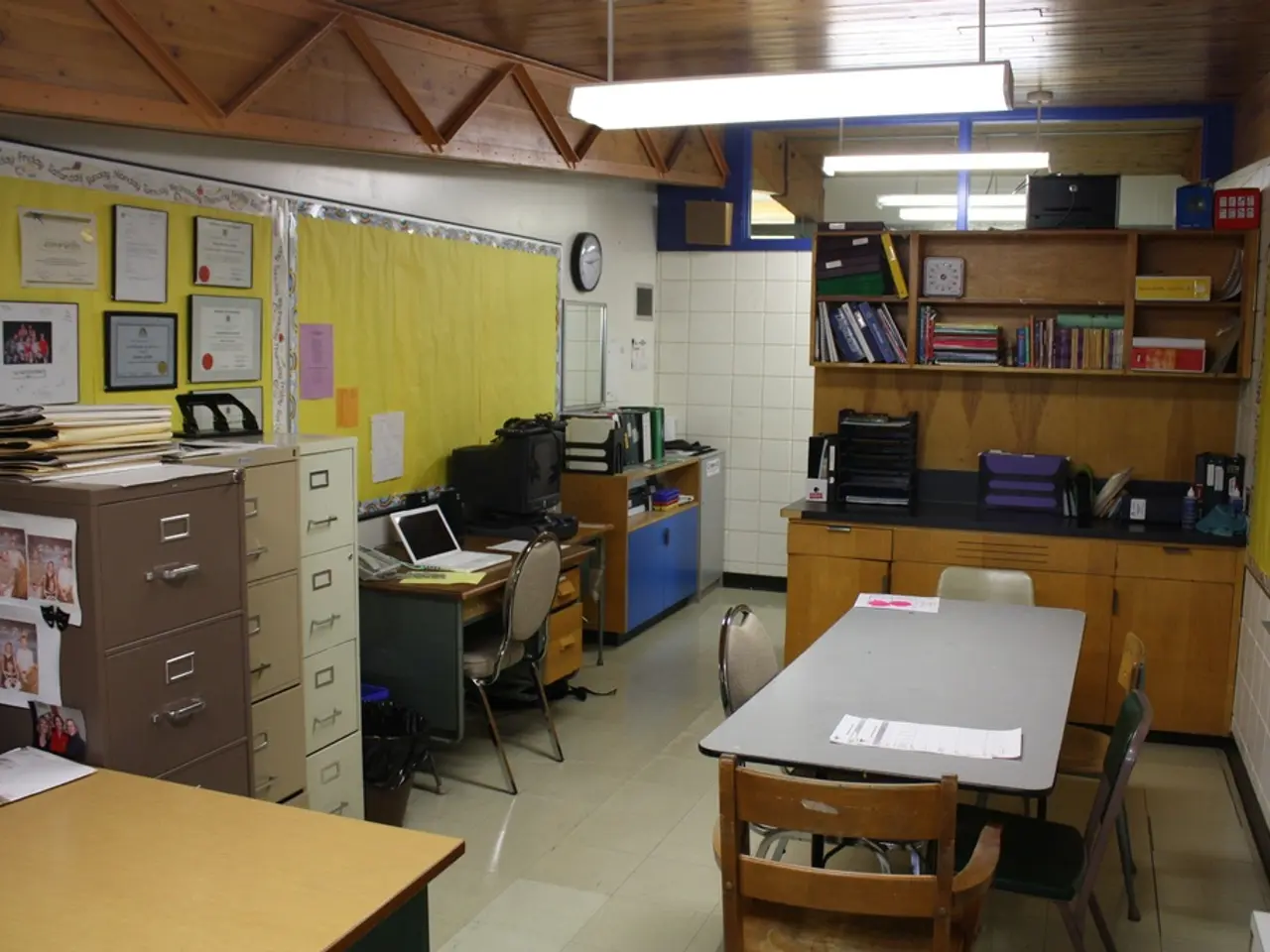Monthly Cost-Cutting Strategies: Timeless Techniques from the Past to Boost Your Savings Today
=====================================================================
In today's digital world, managing a budget can sometimes feel overwhelming. However, going back to basics with old-school money-saving techniques can help you regain control of your finances. Here's a guide to effective budgeting using cash-only budgeting, zero-based budgeting, and pay-yourself-first saving.
Cash-Only Budgeting
One of the most crucial steps in old-school budgeting is using cash for daily spending. After covering fixed expenses like rent, utilities, and insurance, withdraw the remaining disposable income as cash. This physical awareness of your funds helps you make conscious spending decisions and avoid impulse purchases [3][4].
Zero-Based Budgeting
List your total after-tax income and assign every dollar a purpose, ensuring the sum of expenses and savings equals your entire income. This forces you to critically justify and prioritize each expenditure [1][5].
Pay Yourself First
Dedicate a fixed amount or percentage of income to savings before allocating money for discretionary spending. This old-school discipline builds savings systematically and prevents neglecting long-term financial goals [1].
Tracking and Controlling Expenses
Watch the small "everyday" expenses, as they can add up and undermine your budget. Restraining these and differentiating necessities from luxuries is important to stick within limits [1].
Bare-Bones Budgeting
When needed, focus strictly on necessary expenses and aggressively save the remainder. This approach can reset spending habits and boost savings, particularly useful during tight financial periods [2].
Flexibility and Discipline
While old-school techniques emphasize strict cash management, be prepared to adjust your budget when unexpected expenses arise, ensuring you stay balanced without accruing debt [3].
Practical Tips
- Take out cash for groceries, shopping, and day-to-day spending to manage your budget.
- Log your daily expenses in a notebook or notes app on your phone.
- Adopt a 'make do and mend' attitude for broken items before buying a new one.
- Keep a ledger notebook to record expenses, income, and savings for better financial tracking.
- Ask friends and family if they have a spare item you can borrow, have for free, or pay a small amount for.
- Calculate digital-first expenses (rent, utilities, broadband, mobile phone, etc.) and ensure there's enough left in the bank for them.
- Set up a filing system to keep track of paper bills with ease.
- Switch to paper billing to pay attention to your expenses and spot potential billing problems.
- Look at second-hand shops and charity stores for replacement items without having to pay full price.
- Look at spending trends to see where you might be able to cut back.
- Be honest with yourself when logging expenses, listing every penny spent.
- Use the savings jar as a habit builder by paying a fine for each time you achieve a positive habit (e.g., daily walk, quitting smoking) or not achieving a negative one (e.g., swearing).
- Split the remaining cash into envelopes for better budgeting, either weekly or for specific expenses like groceries or entertainment.
In summary, effective old-school budgeting means relying on physical cash envelopes or cash withdrawals to control spending, meticulously planning every dollar with methods like zero-based budgeting, and prioritizing savings first before other spending. This tactile, disciplined approach helps build mindfulness around money and keeps spending aligned with financial goals [1][3][4].
Using cash for daily spending can help promote mindfulness and control impulse purchases, thus aiding in personal-finance management, as explained in the cash-only budgeting technique.
Assigning every dollar a purpose in zero-based budgeting encourages critical thinking and prioritization, fostering a lifestyle centered on carefully planned spending and saving.




